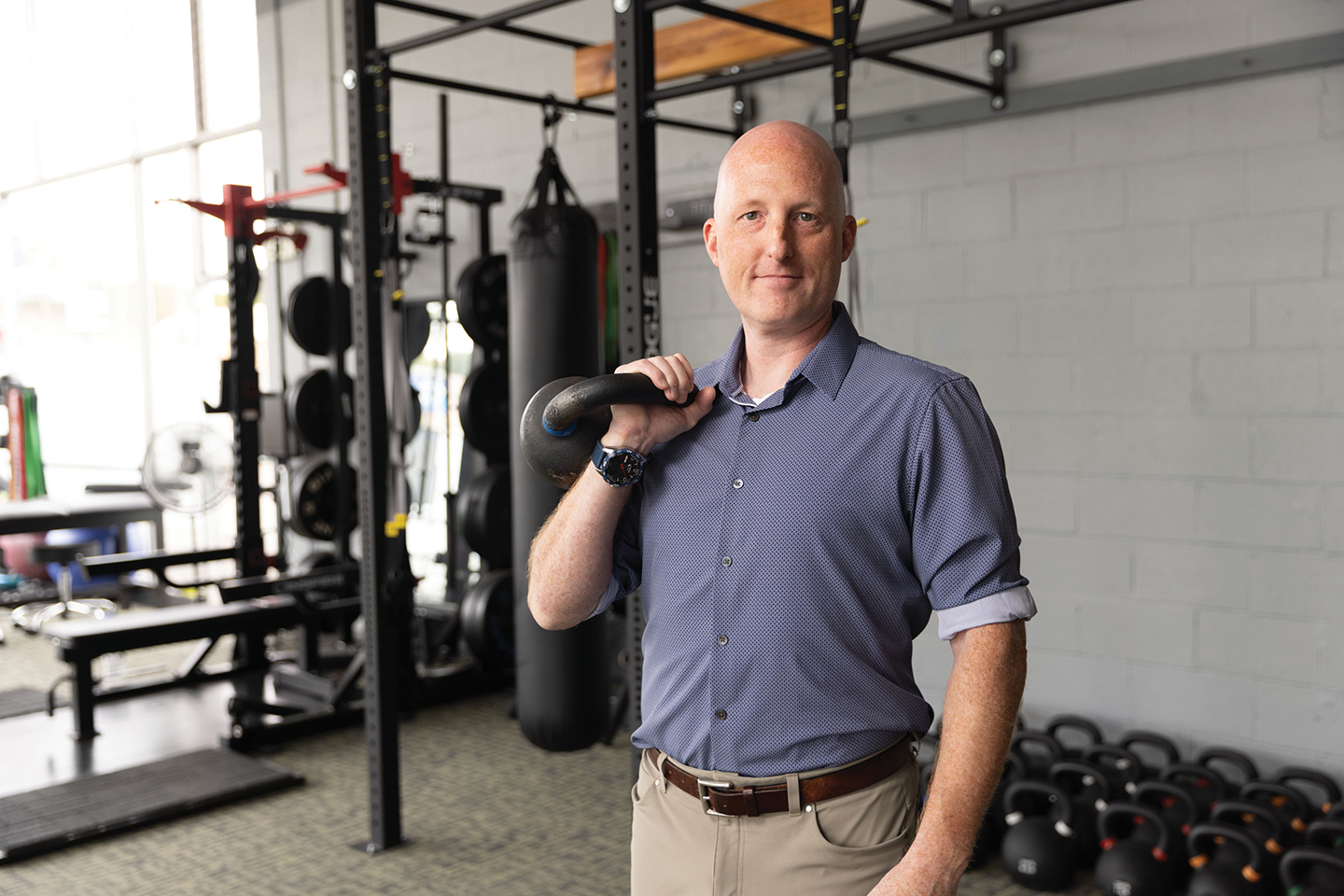When filmmaker Scott Bateman ’86 made his first film, "You, Your Brain, and You," he had one goal in mind: “to make one of the kinds of movies I would want to watch over and over again.”
He’d long harbored an affinity for the bizarre comedy of Monty Python and experimental filmmaker Peter Greenaway, and would frequently play those movies on repeat.
His newest film, an autobiographical documentary called The Bateman Lectures on Depression, brings that sense of absurdity to his lifelong struggle with anxiety, depression, and agoraphobia. Using the format of a hundred-question standardized test (sample question: “If depression were a theme park, what would be your favorite part?”), Scott quilts together disparate snippets and vignettes that involve found objects, hand-drawn animations, archival footage, original film, and more to tell the tale of his family history, his isolation and loneliness, and his eventual path to seeking treatment.











